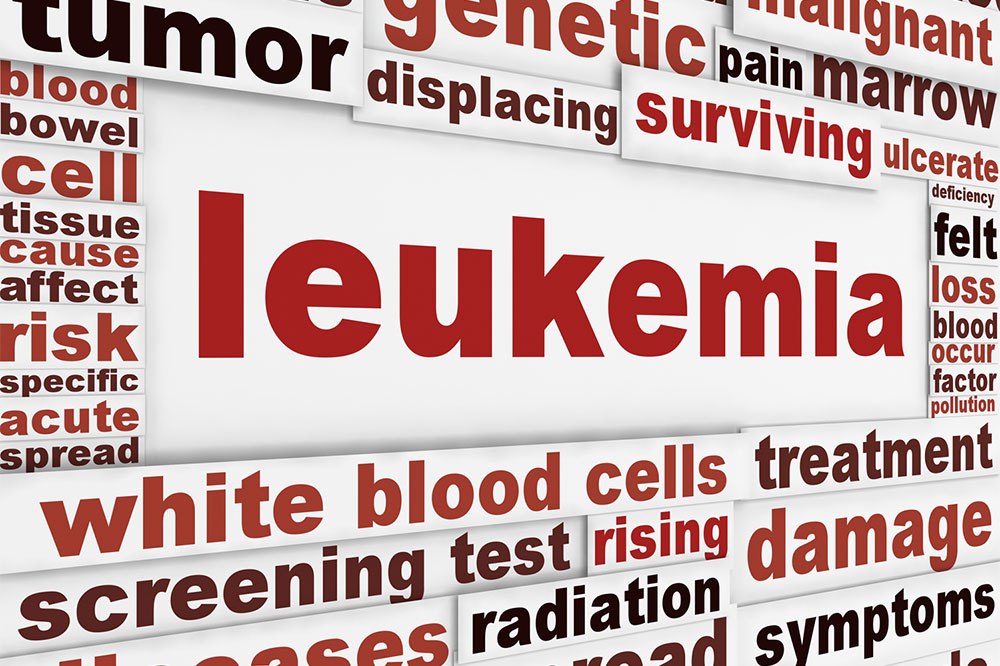Myelofibrosis Overview: Symptoms, Causes, and Treatment Approaches
Myelofibrosis is a rare bone marrow disorder leading to scarring, blood cell production issues, and symptoms like anemia and spleen swelling. Early diagnosis and personalized treatment are vital for managing this condition's symptoms and preventing complications. Treatments include transfusions, hormone therapy, and possibly bone marrow transplants. Understanding risk factors like age and exposure to chemicals helps in early detection. Regular medical follow-up ensures appropriate care tailored to disease severity, improving quality of life for affected individuals.

Myelofibrosis Overview: Symptoms, Causes, and Treatment Approaches
Myelofibrosis is a rare bone marrow disorder characterized by the development of scar tissue in the marrow, disrupting normal blood cell production. This leads to decreased platelet counts, increasing bleeding risks, alongside anemia, which is a primary symptom. Although it progresses slowly, symptoms become more prominent over time. Treatment aims to alleviate discomfort and manage symptoms through various strategies. Here are essential details about this condition:
Signs and Symptoms
Early stages may not reveal obvious signs. As the disease advances, symptoms include:
Shortness of breath
Severe tiredness
Easy bruising
Discomfort or fullness under the ribs, often from an enlarged spleen
Sudden bleeding issues
Night sweats
Fever and bone pain
If these symptoms occur, prompt medical attention is crucial. Doctors can perform tests and tailor treatments to improve quality of life.
Causes and Risk Factors
The disorder arises when bone marrow stem cells undergo DNA mutations, disrupting normal blood cell formation. These mutations result in abnormal cell growth, reducing red blood cells and increasing white cells. While the exact cause remains unknown, some factors heighten the risk:
Age: Mostly affects those over 50, but can occur at any age.
Radiation Exposure: Long-term high-dose radiation increases likelihood.
Chemical Exposure: Contact with substances like benzene may elevate risk.
Other Blood Disorders: Conditions such as polycythemia vera can predispose individuals.
Possible Complications
The disease can lead to several serious issues, including:
Elevated blood flow and pressure in the liver due to splenomegaly, risking vessel ruptures
Abdominal and back pain from spleen enlargement
Abnormal blood cell clusters outside bone marrow that can form tumors, causing bleeding or pressure effects
Bleeding tendencies due to low platelet levels and function decline
Management and Treatment
While a cure is not currently available, treatments focus on symptom control. Bone marrow transplants may offer a cure but are intense and not suitable for all patients. Care plans depend on disease risk level, classified as low or high.
For anemia, typical treatments include:
Blood Transfusions: To combat fatigue and improve hemoglobin levels
Hormonal Therapy: Synthetic androgens to stimulate red blood cell production, with some liver risk considerations
For spleen issues, healthcare providers may recommend additional supportive treatments. Always consult a medical professional for personalized management.

